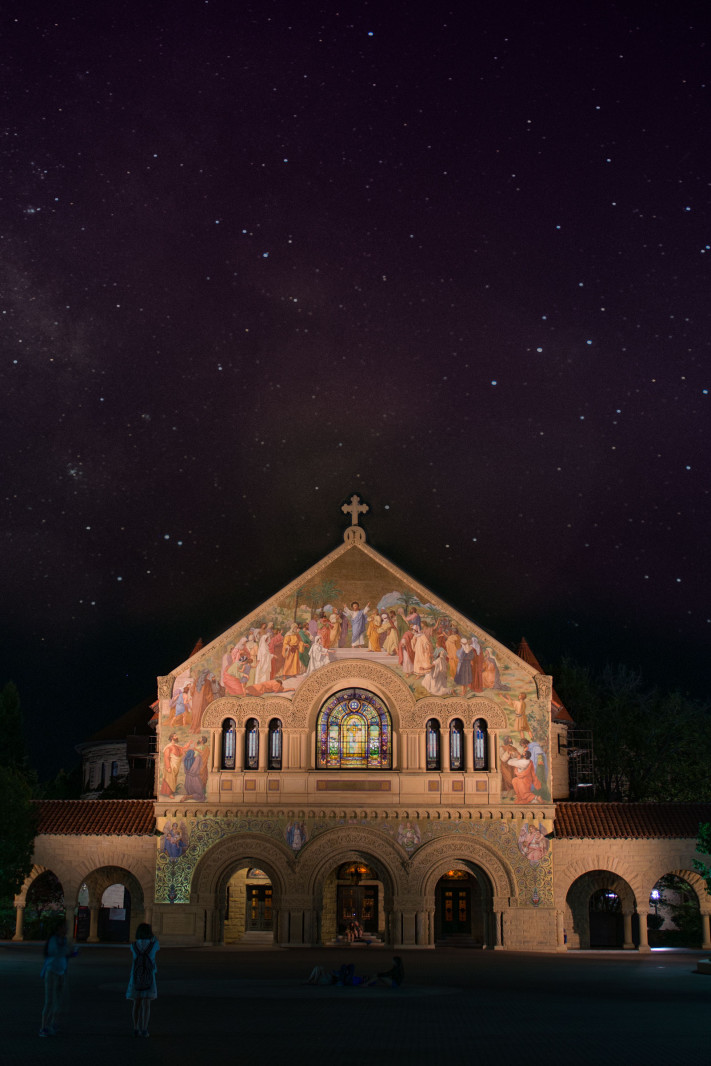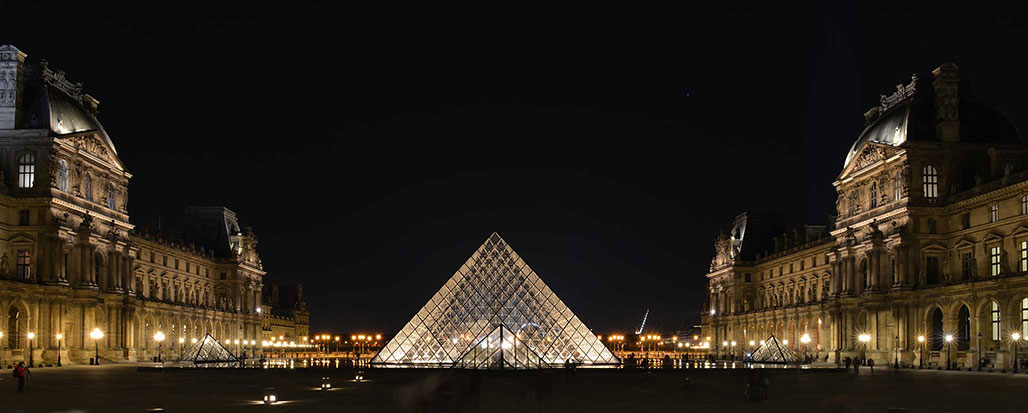When I travel, I usually hit the ground running. However, the altitude of Tibet really tested me. The highlight of Tibet was the Potala Palace, which dominates the Lhasa skyline. It felt so close yet distant at the same time. Although the Potala Palace was just a few blocks away from the hotel, I didn’t venture there on my own until I was more acclimated. I didn’t want to head there for the morning sunrise only to realize I couldn’t make it back to the hotel on my own in time for the tour.
The road there was relatively level, and I didn’t have any issues getting to the palace. There were a few elevated crosswalks for reaching the other side of the street, and those were the most challenging. Actually, climbing any stairs, even a single flight, proved an exhausting experience. This view of the Potala Palace was taken from the park across the street.
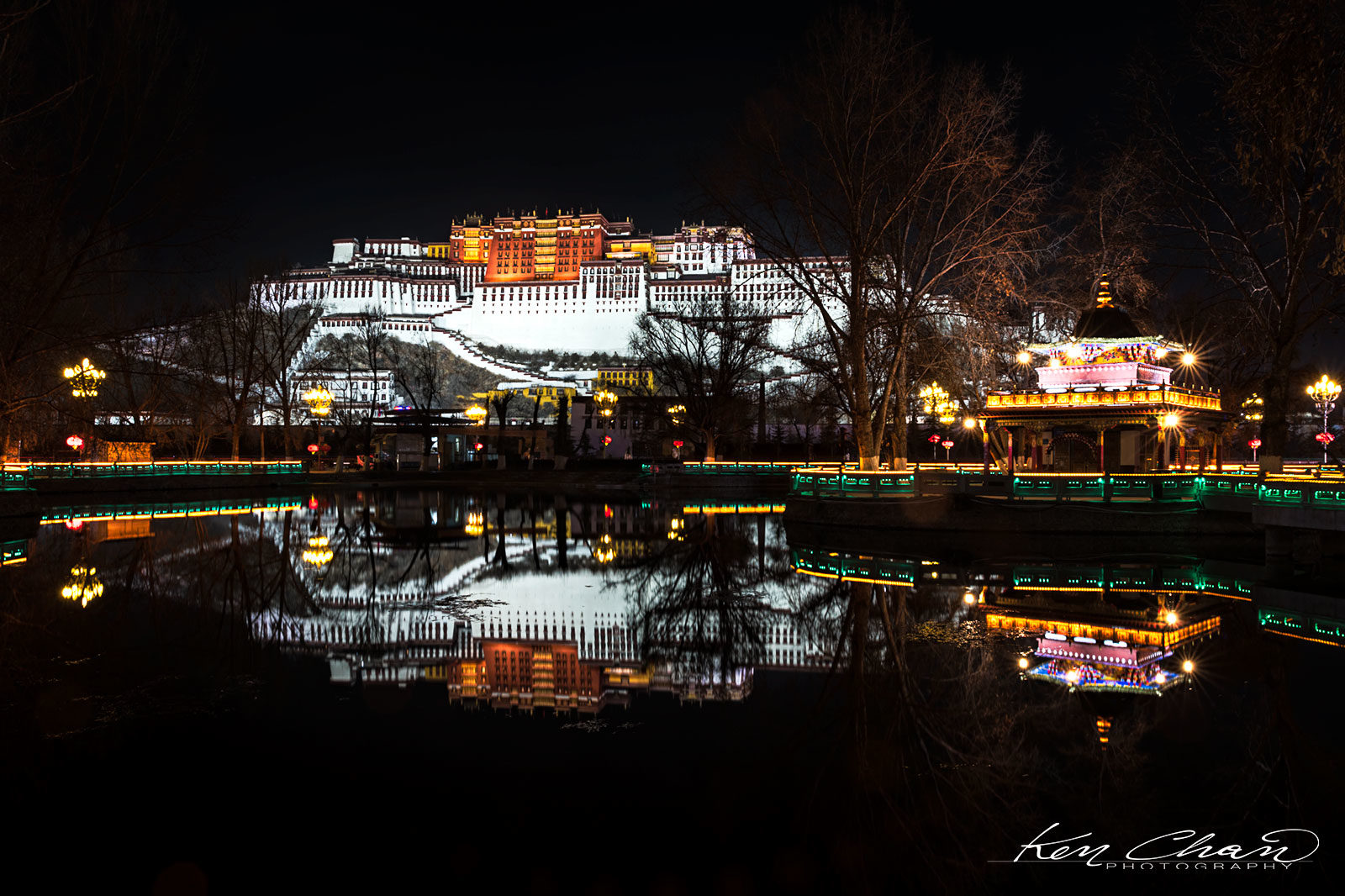
Ken Chan
October 22, 2017
I was browsing through my photo collection when I found two from Paris. In one, a 0.6 second exposure captured the beam from the illuminated Eiffel Tower. The second was a 25 second exposure for the light trails from the nearby cars.
Fortunately, both were taken on a tripod from the same location. It was only in later in reflection that I realized that I could blend the best of both into one photo.
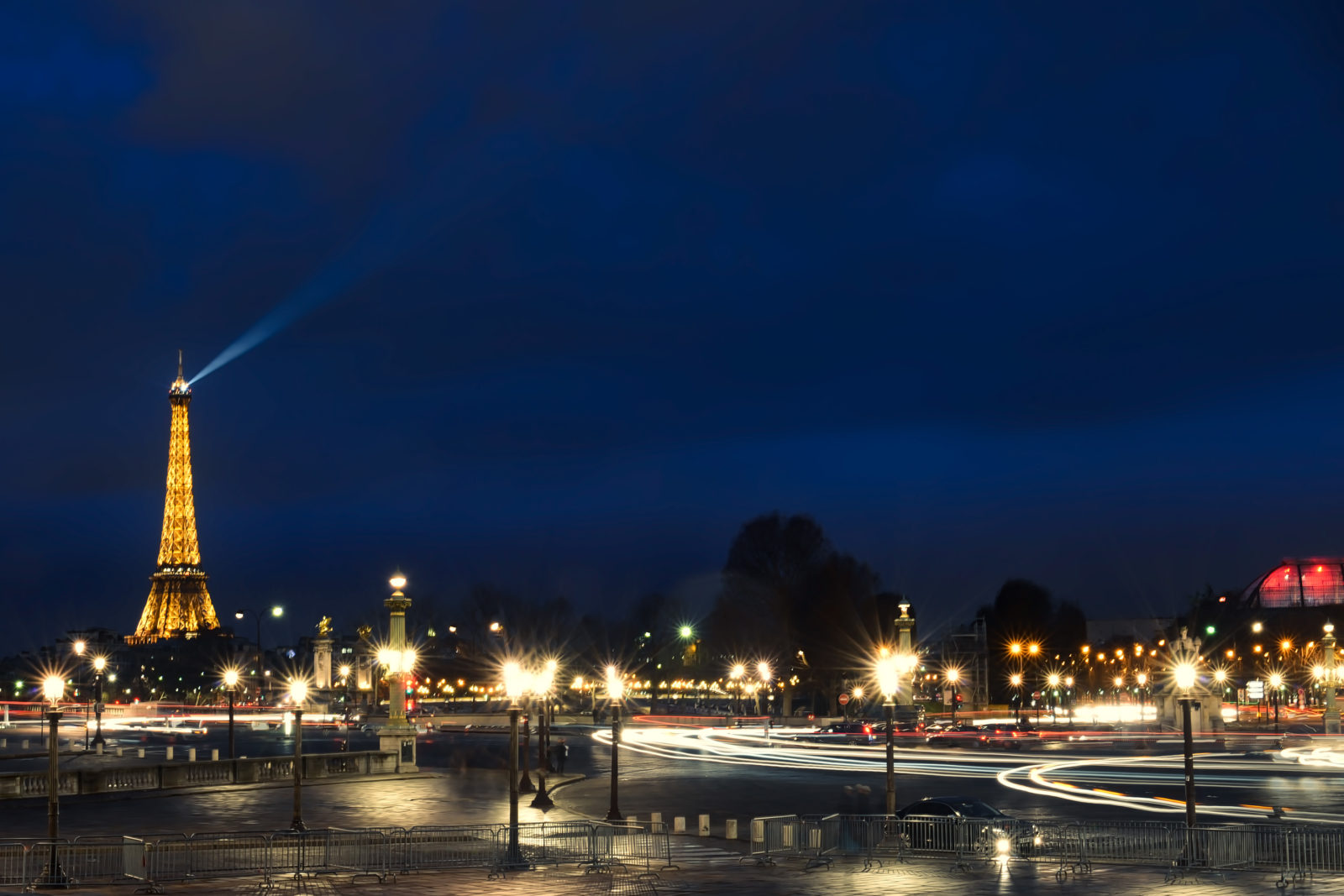
Ken Chan
October 18, 2017
Paris at sunset from Sacre Coeur. Too many people to set-up a tripod, but a better shot would have been to wait an hour for the city lights to come on and blend those into this frame. Maybe next time.
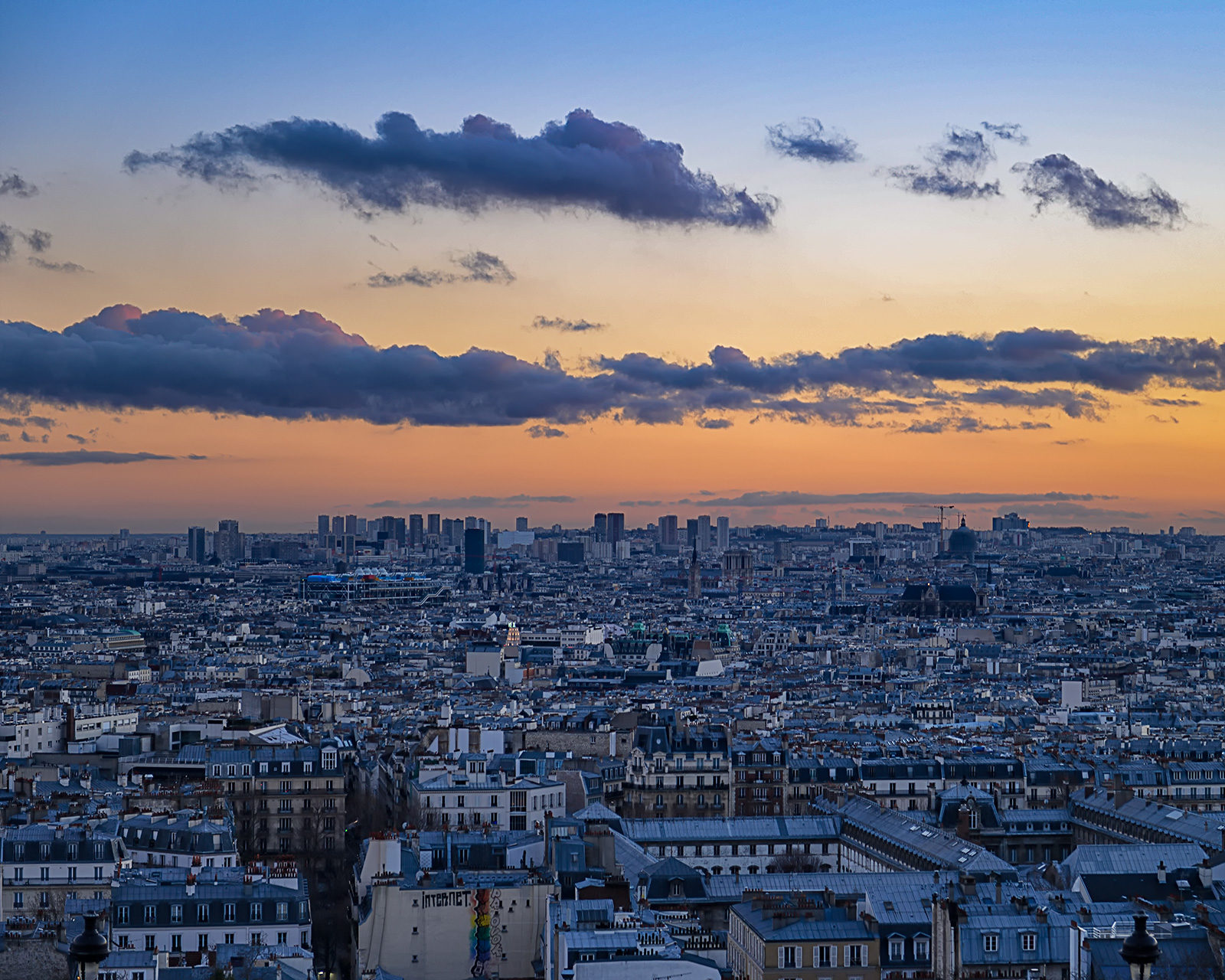
Camera: Nikon D800
Lens: Nikkor AF-S 24-70mm f/2.8G ED
ISO: 100
Focal Length: 70mm
Shutter: 1/80s
Aperture: f/2.8
Tonight was the Mid-Autumn Festival. I grabbed the older, but higher resolution D800, but regretted it immediately. When mounting a DSLR to a telescope, having a tilting screen makes all the difference in terms of comfort. Crouching down to view the screen is no fun.
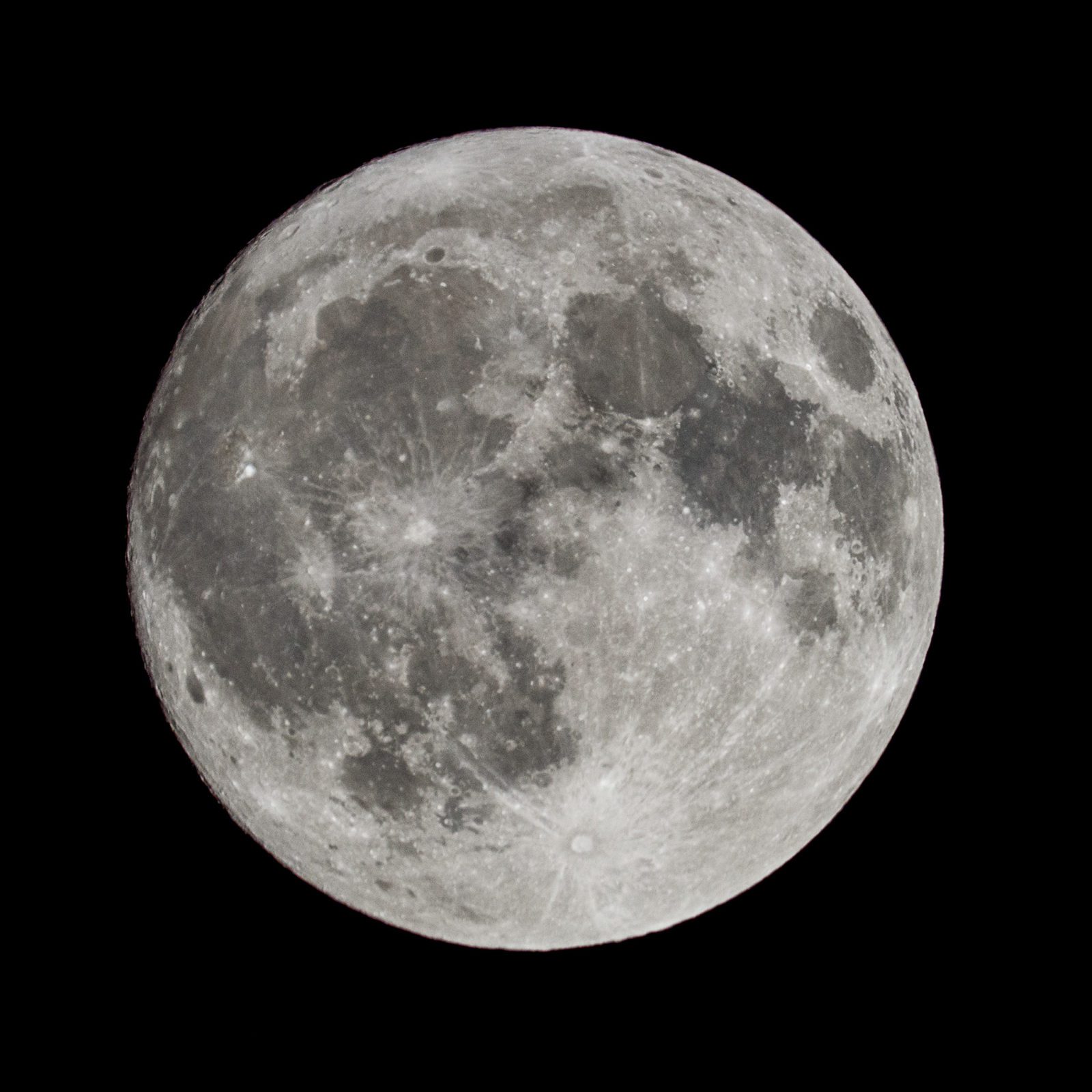
The other hiccup of the night was discovering that once again, Nik Collection no longer works in Photoshop. This time, it was the High Sierra MacOS 10.13 upgrade that killed it. I’m testing out Luminar right now.
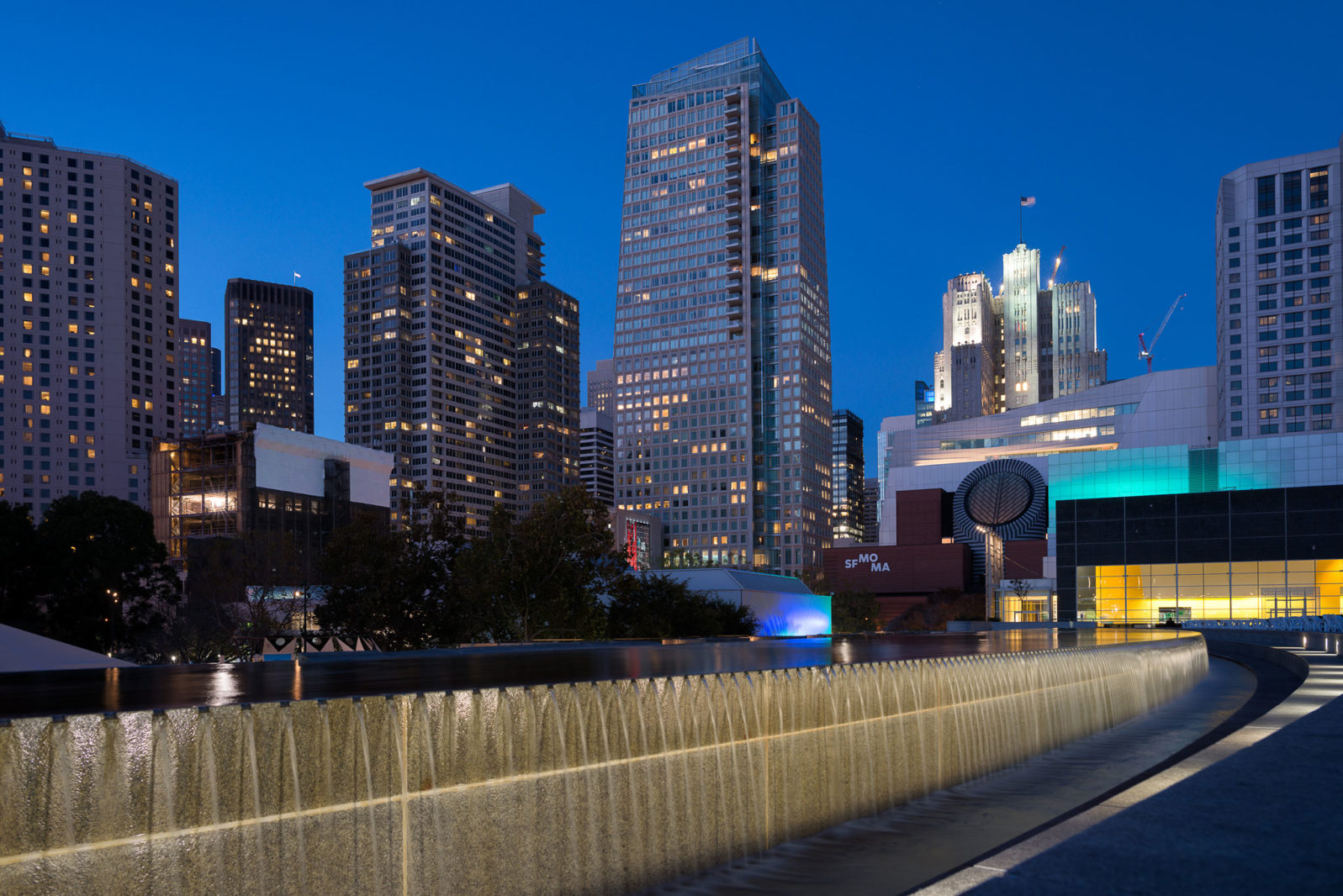
I only had the Really Right Stuff Pocket ‘Pod with me tonight, so I had to resort to using whatever flat, stable surface was available. This photo was an exercise in focus stacking with one frame on the water feature and the other on the large buildings in the background.
Camera: Nikon D800
Lens: Nikon 24mm
ISO: 100
Focal Length: 24mm
Aperture: f/8.0
Shutter: 4.0s
At Moscone Center in San Francisco experimenting with light trails. I used one base exposure for the overall scene and blended in several longer exposure frames that captured the streaks of headlights passing under the bridge.
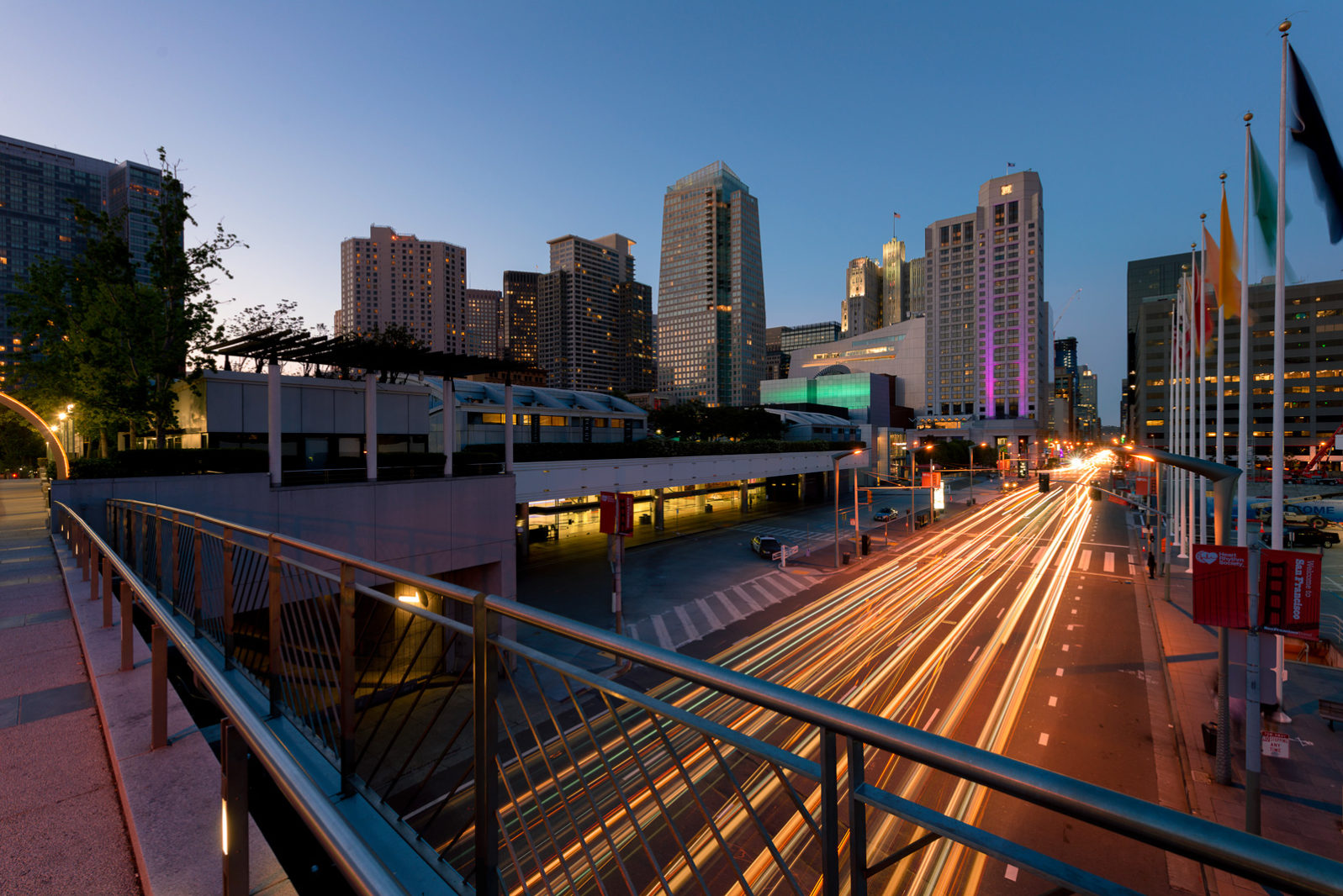
Ken Chan
February 21, 2016
I stopped by Oracle at around the blue hour tonight. From the other side of 101, the buildings appeared to be clustered together. However, as I crossed the overpass, it became evident that these were separate and distinct buildings.
Camera: Nikon D800
Lens: Nikkor AF-S 16-35mm f/4G ED VR
ISO: 100
Focal Length: 16mm
Aperture: f/6.3
Shutter: 30s
[continue reading…]
Ken Chan
January 15, 2016
If you are fortunate enough to live in Florence, you can make multiple trips to Piazzale Michelangelo to witness the gorgeous sunset. The best that I can do is dig through three-year-old JPEGs and experiment with different post-processing workflows.

Camera: Nikon D800
Lens: Nikkor AF-S 24-70mm f/2.8G ED
ISO: 100
Focal Length: 44mm
Aperture: f/2.8
Shutter: 1.3s
I’m looking back at some older photos and experimenting with different post-processing techniques. I had taken this waxing gibbous moon photo last year on May 12, 2015. For comparison, this photo of a 97% waxing gibbous moon was taken a day later. This most recent edit looks much sharper.
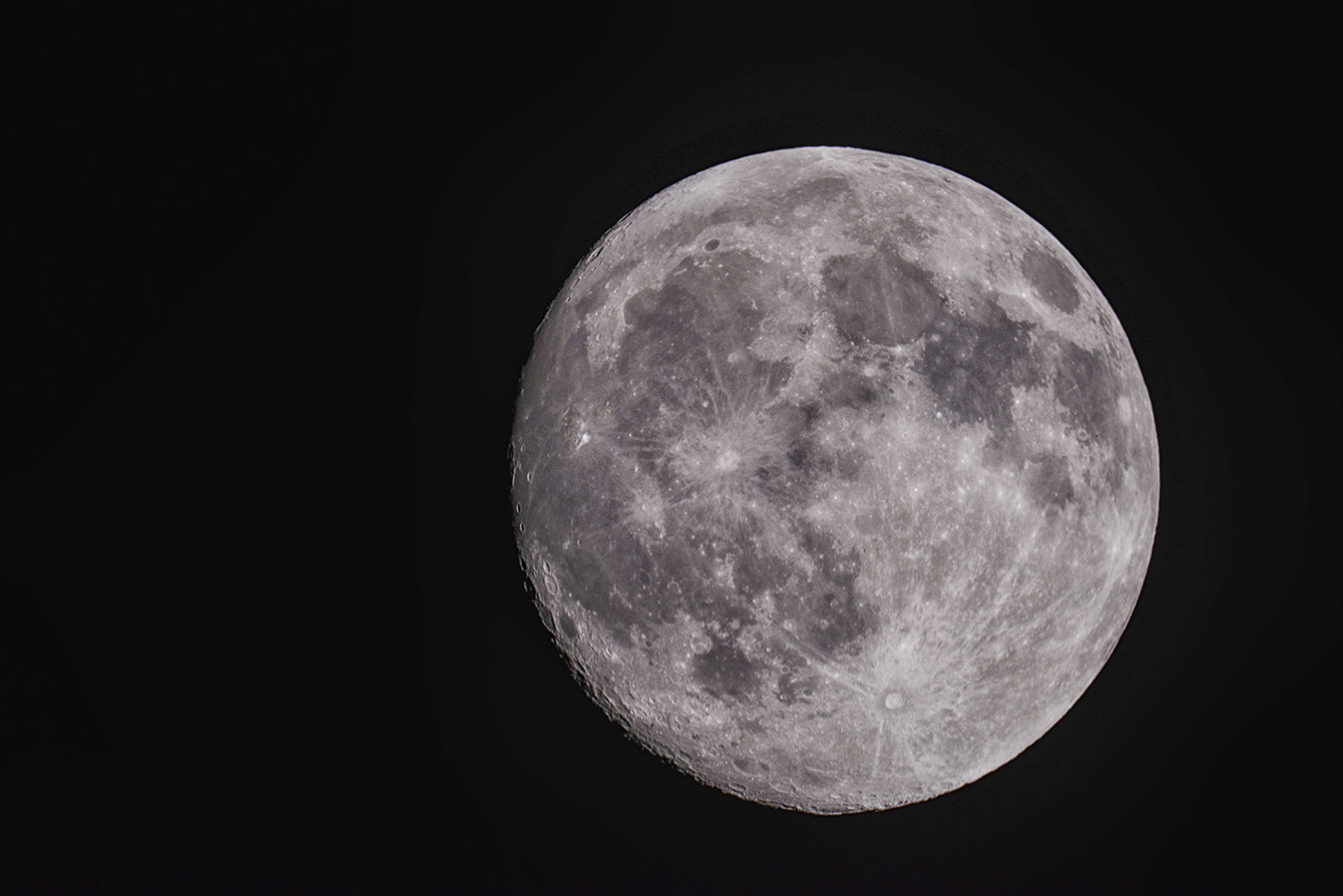
I will have to retry this experiment in a different location. The objective was to take a photo of the stars within an urban environment. For the night sky, the exposure settings were ISO 6,400, f/2.8 and 20.0s. For the church itself, the exposure settings were ISO 100, f/2.8 and 0.4s.
The problem I encountered was all the nearby lights that were pointed at the lens would cause some severe glare, particularly at those settings.
